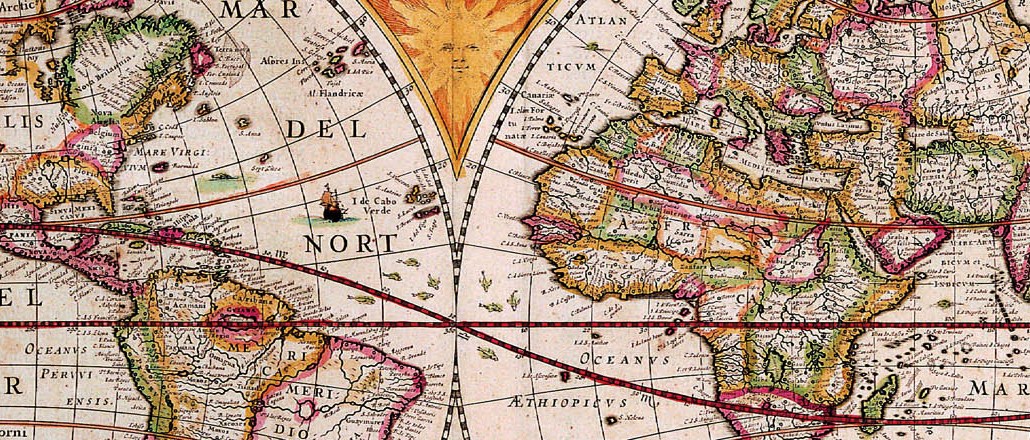
By opening up its chart-building tool Atlas, Quartz wants to create the world’s largest data repository.
The Atlantic Media-owned publisher is well-known for its data-visualizations — half of the 60 daily articles published contain charts — and on May 10, it officially took the wrapper off Atlas, so anyone can sign up and create their own graphs.
Since then, the 7,000 charts that have been created have been viewed 2.5 million times, and 10,000 users have requested access. The publisher is letting them in slowly so it can have some control over the quality. Previously, the tool, which has been live since summer 2015, had only been available for Quartz journalists to use.
“We discovered very early on that our audience, business-minded people, love charts,” said Simon Davies, Quartz EMEA managing director, who noted that tweets with charts in them would get twice as many shares as links. Davies said it’s attracting people outside its core reader base, including data-journalism students.
“You can really nerd out there,” he said. “A client called it the Instagram of charts. Kevin [Delaney, editor] has called it cat photos for business people.”

Atlas, while free to use, has also opened up another revenue opportunity; GE is the official Atlas launch partner for the rest of 2016, and has already created 40 charts; however, there’s space for other brands to sponsor charts too as part of integrated packages. Davies couldn’t share the rate card.
Quartz’s London team has around 20 full-time employees — in New York, it’s pushing 200 — and the U.K. accounts for 8 percent of global traffic, about 1 million readers, according to the publisher’s Omniture figures. In the last six months, the U.K. commercial team grew from four to 10 employees, and the “complexity of campaigns” has increased. Davies points to Hewlett Packard Enterprise and Ernst & Young as two recent interactive, mobile-first campaigns sold by the U.K. team.
Unlike many publishers, it’s in no rush to create more video from the U.K. “It’s very easy to create bad video,” said Davies. “There’s a huge amount of video already out there, and commercially there’s less demand for it in the U.K.”
For the past three years in the U.K., there’s been triple-digit percentage growth in revenue. Davies wouldn’t give any more detail, but he is confident Quartz can keep it up. “You should be growing that quickly in the early days, the proof is whether you can maintain that amount of growth, and we do it again this year.”
Tammy Smulders, U.K. head of Havas’ innovation practice, 18 Hubs, can see the potential for Atlas, and also notes that Quartz has a distinctive voice among more tech-savvy, affluent readers. However, its star has somewhat dimmed more recently. Quartz would do well to “focus its short-form content and with a fresh perspective” to make sure readers remain engaged, she said.
“There was a moment a year or so ago when it felt like a more intelligent reaction to BuzzFeed culture. However, many of the young trendsetters that got into Quartz still visit it but are not as enamored with it,” she added. “Quartz had a sort of different slant on topics like world affairs, politics, business than the usual, but it seems to have converged more with the usual media.”
More in Media

Digiday+ Research: Publishers’ growing focus on video doesn’t translate to social platforms
Major publishers have made recent investments in vertical video, but that shift is not carrying over to social media platforms.

Technology x humanity: A conversation with Dayforce’s Amy Capellanti-Wolf
Capellanti-Wolf shared insight on everything from navigating AI adoption and combating burnout to rethinking talent strategies.

How The Arena Group is rewriting its commercial playbook for the zero-click era
The company is testing AI-powered content recommendation models to keep readers moving through its network of sites and, in doing so, bump up revenue per session – its core performance metric.





